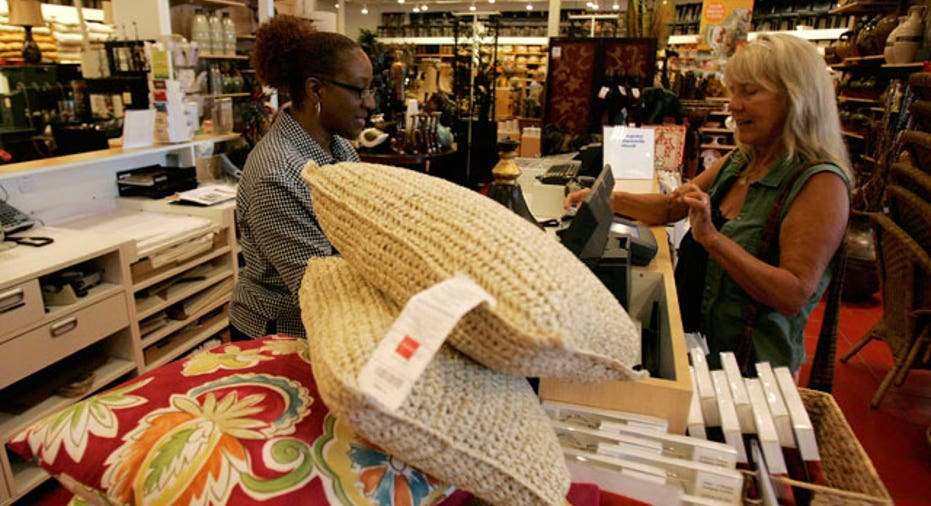80% of the Time it’s not the Customer’s Fault, it’s Yours

Just like you get annual checkups to ensure your health is in order, small business owners need to check in with their customers to make sure their relationships aren’t suffering irreparable damage.
“Most research shows people don’t tend to complain unless you do something really egregious,” says Andrew Sobel, co-author of “Power Questions Build Relationships, Win New Business, and Influence Others.” “Instead they vote with their feet.”
Many times small businesses owners aren’t aware the customer is annoyed until it’s too late. That’s because the customer won’t complain about the small things, but a lot of those little annoyances can add up and become something big. And that could mean lost business.
That’s why Sobel says it pays for small business owners to do an internal and external inventory of their client relationships to make sure they are doing everything they can to keep the relationship thriving and growing. “It’s like an annual check-up with your doctor. It usually goes pretty well but occasionally they might discover something insidious that needs to be treated,” he says.
According to Sobel, small businesses have to ask themselves a series of questions to ensure they aren’t ignoring warning signs of a fracturing relationship. For instance, does the small business owner have access to the client and does the client have time for the business owner? If the answer is no, Sobel says that’s a red flag that the relationship may not be prospering. Same goes with trust. Does the client trust the business to do the work without tons of hand holding or direction, or is it a situation where the customer tells the business exactly what he or she wants? What’s more, does the client share information with the business or trust it enough to bounce ideas off it, creating a collaborative relationship? And most importantly, is that client recommending you to others looking for expertise in your arena? Answer no to any of the above and the small business has some work to do to improve the relationship.
While it’s easy to blame the customer for the deteriorating relationship, Sobel says that 80% of the time it’s not their fault. “Close to 80% of the reason why a relationship grows or dies is in the hands of the business,” says Sobel. The business owner can control whether the relationship is solid and grows by being responsive and proactive, says Sobel.
When it comes to providing services, Sobel says small business owners can either be an order taker, who simply takes the order and gives the customer exactly what he or she requested or it can be an agenda setter, where it works with the client to provide ideas that will result in more business for the company. Being an order taker may be fine, especially in industries where there is little competition, but in order to grow the business, Sobel says becoming an agenda setter is key.
“Really successful businesses are very proactive in agenda setting,” says Sobel. “They spend enough time with the clients to understand what the client’s key business goals are.” Let’s say you run a printing shop and have an author as a client. An order taker would simply take the printing order and move on to the next customer, while the agenda setter would suggest printing post cards or a brochure to promote the new book. Same goes with a stock broker. An order taker would buy and sell stock on the request of the client while an agenda setter would actually suggest investment ideas making the broker more valuable to the customer.
Sobel says to be a successful agenda setter take the time to really listen to the client’s wants and needs.
“When the client views you as part of the growth and profit they can’t get enough of you,” says Sobel. “If you are just a cost to be managed they can cut you any time.”



















